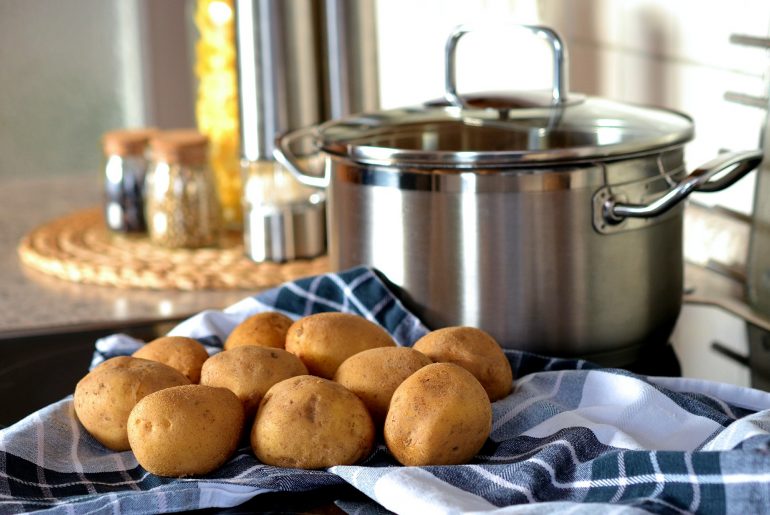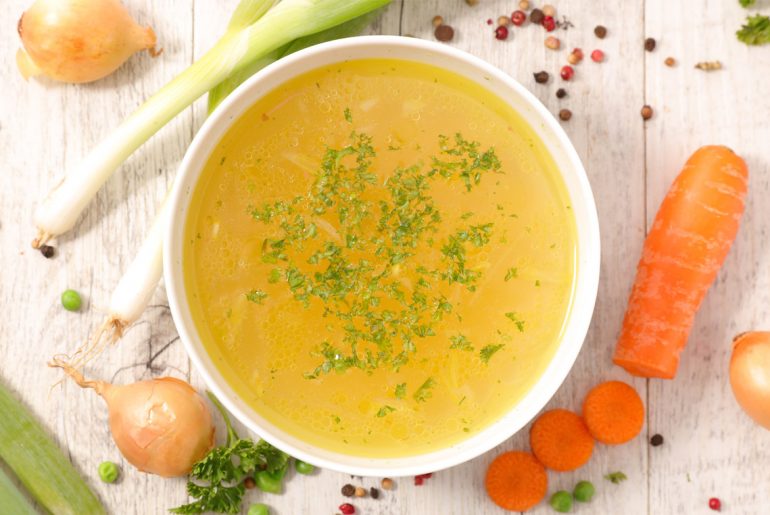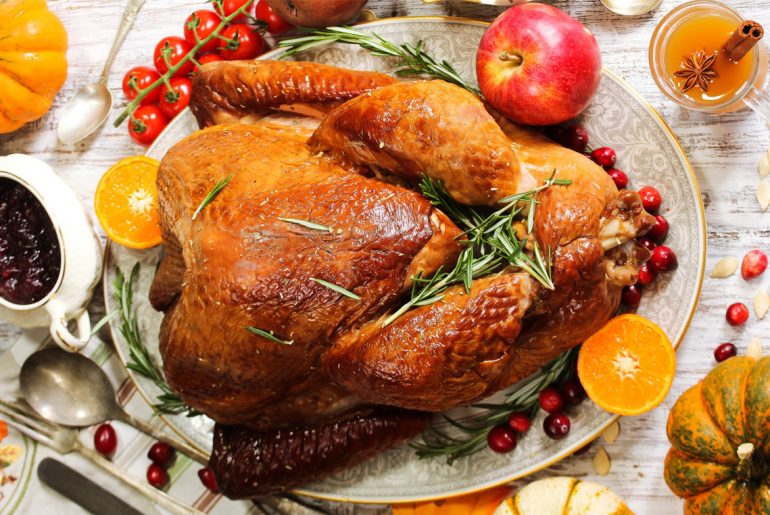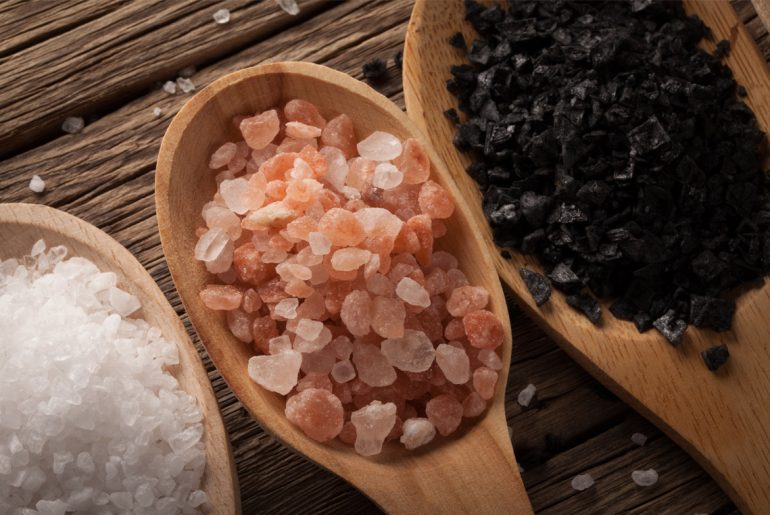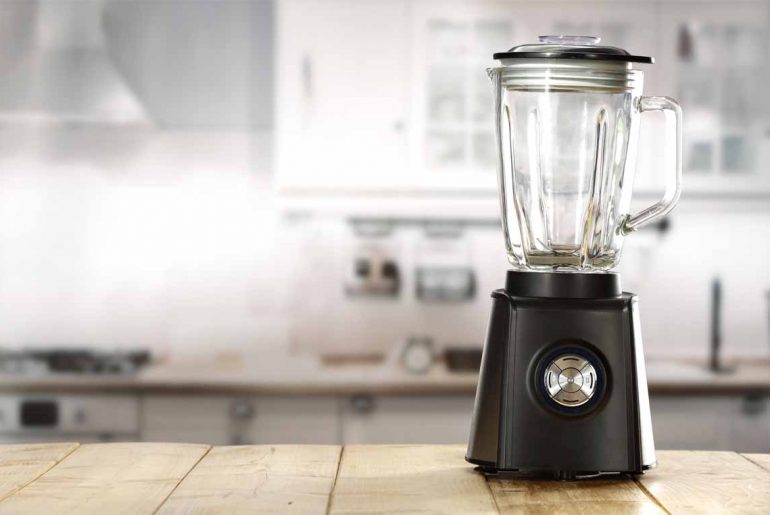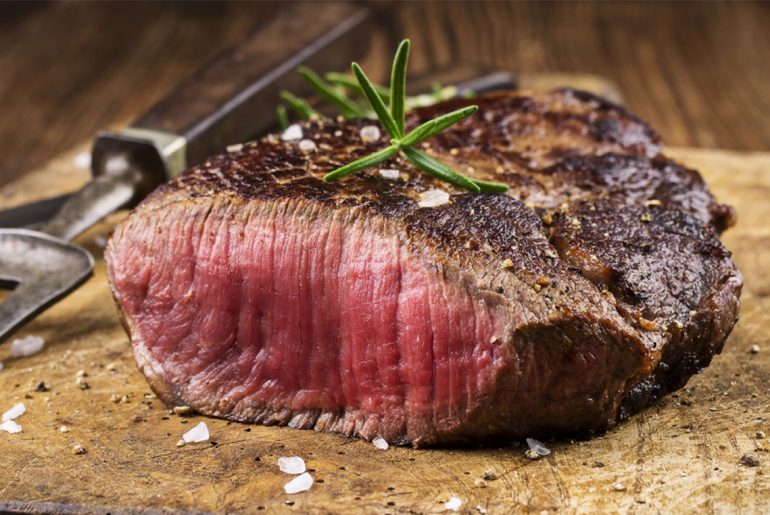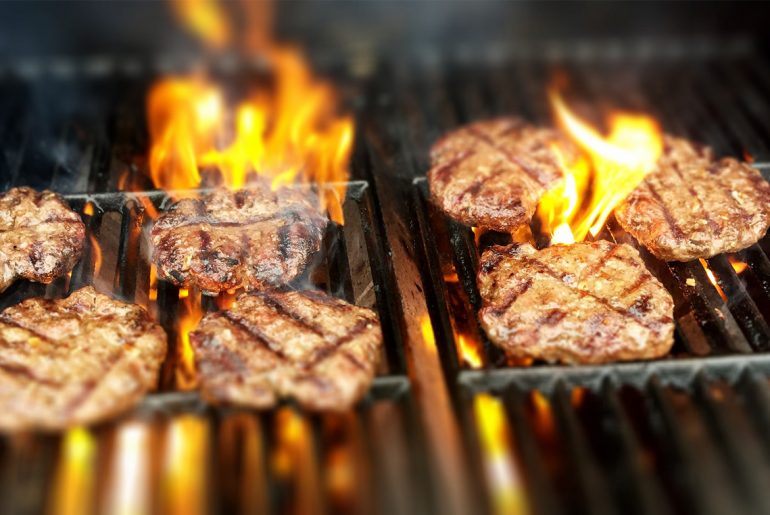A friend of mine recently said she received a KitchenAid mixer for Christmas, but didn’t know what to use it for. If you too have one of the brightly-colored beauties just sitting on your counter, let me share with you my top 20 favorite ways to use my KitchenAid. I admit, I was a bit slow to take to it at first too, but after eight years together, we’ve whipped up some pretty delicious stuff. 1. Mix meatballs or beef for burgers Whether it’s seasonings for meatballs or burgers, dump all your ingredients into the bowl and mix until combined. Keep an eye out—you don’t want to overmix—but using your KitchenAid to make meatballs means you’re free to prep other items. 2. Shred chicken, pork, or beef Place your roasted or crock pot chicken in the mixing bowl, attach the dough hook, and run on low for about 20 seconds at a…
Mistakes you should avoid when cooking potatoes
Potato problems? Potatoes may seem basic, but there are a lot of ways to mess them up. Whether they come out partly raw, mushy, or generally flavorless, the good news is there is usually a simple solution. Read on and see what you might do differently next time to achieve those perfectly tender, flavorful spuds you salivate over. You don’t choose the right potato for the job. You’ll come across more than a dozen different kinds of potatoes at the grocery store, so how do you know which will work best for your recipe? Well, a good rule of thumb is to use russet potatoes for baking or steaming, and use red or gold potatoes for roasting or sautéing. Russets and yellow potatoes are best for mashing. Round red potatoes and fingerling potatoes are best for boiling. Not sure what to use? Those round white potatoes that you see at…
What’s the difference between stock and broth?
For most of my cooking life, I thought “stock” and “broth” were just two different terms for the same thing. (Perhaps one was old-timey and the other new age.) I didn’t really think much about those savory meat-flavored liquids beyond the occasion I wanted to make soup. But as it turns out there are actually significant differences between the two. The differences between stock and broth It would be easy to assume stock and broth are the same thing, after all, they’re both liquids flavored from simmering various meat scraps and vegetables. But there are three things that set the two apart: the cook time, the ingredients used, and the seasoning (or lack of seasoning). What is stock? Stock is made by simmering animal bones (and sometimes, but not always, small scraps of meat) with onions, carrots, and celery in a large pot of water. The bones may or may…
Why you shouldn’t stuff your turkey the traditional way
The idea of a juicy, stuffed turkey serving as the centerpiece to Thanksgiving feast can get just about any of us drooling. So I hate to be the bearer of bad news. But cooking your stuffing inside the bird might not be the best idea. It sure is delicious, but you could end up with dry meat or worse — foodborne illness that will definitely leave your holiday less than merry. Here’s what the experts say, as well as a few alternatives for stuffing that bird: Why you shouldn’t cook stuffing inside a turkey The most important rule to follow when cooking a turkey is that the bird — and anything inside — reach a safe temperature. The USDA has instructed that both bird and stuffing need to reach 165ºF or your meal poses the risk of carrying harmful bacterial like salmonella or E. coli. Of course, you might just…
6 different salts you should keep in your kitchen
Salt has been a culinary commodity throughout history, and for a good reason. Is there any ingredient in the world that seasons our vastly different diets more universally than a sprinkling of salt? In the times before refrigeration, salt meant that we could preserve foods for a long winter or have sustenance when we went went exploring distant corners of the globe. Egyptians used salt as part of religious offerings and it became a valuable trade item in the ancient world between the Phoenicians and their Mediterranean empire. The earliest record of salt was by the Chinese back around 2700 B.C., but salt was used long before the beginning of recorded history. Despite its long history with humans, it wasn’t until recently that ordinary people started to give the types of salt a second thought. Today, we have seemingly endless options of salt, each lending its own characteristics to a…
10 creative ways to use your blender besides smoothies
Your blender is your best friend when it comes to mixing killer morning smoothies. But blenders are way more versatile than pureeing fruits and veggies. Try these ten hacks and you’ll be getting lots more use out of your blender in no time. 1. Make sorbet High-powered blenders can crush through ice with no problem, so it stands to reason they do the same with frozen fruit. Try tossing in some frozen mangos, strawberries (or really just about any fruit) in your blender with a drizzle of honey. You blender will whip up a tasty frozen sorbet in no time. 2. Grind spices Blenders can grind spices with complete ease. Store leftovers in an airtight jar and use within three to four weeks for best flavor. 3. Make frozen cocktails Add alcohol and frozen fruit to your blender and make a boozy slushy in no time. 4. Make nut butters…
8 Mistakes you’re making when cooking fish
Fish on the menu tonight? If you’re guilty of doing any of these 8 things, you should adapt your style before you take to the stove tonight. 1. You choose the wrong pan Most people instinctively reach for the non-stick cookware pan, but the secret to cooking fish is a hot pan. Stainless steel or cast iron help you reach the right temperature so you can create that perfectly seared salmon. The only want to achieve that delicious crust is with a high dose of heat. Plus, a lot of recipes call for a quick turn in the oven to finish off the dish, so an oven-proof pan is the only way to go. 2. You don’t dry the fish off To make sure your fish gets a crispy outer layer, dry it off first with a paper towel. This also helps seasonings, salt, or marinade stick to it. Starting…
Why you should always ‘rest’ meat after cooking
When the smell of sizzling, charred steak is wafting through the air, it can be hard to delay any further gratification. You want to dive fork first into that juicy piece of meat and feast until you’re full. But before you make this backyard barbecue blunder, you should understand the importance of resting meat. Let’s explore. What happens to cooked meat? Cooking a piece of meat causes the proteins to ‘set’. The more cooked the meat, the more ‘set’ the proteins are, thus creating the variation in firmness between, say, a raw and well-done piece of meat. A meat thermometer can tell you exactly how cooked your piece of meat is, but most cooks pride themselves on being able to tell doneness using only the tong test. (Poke any steak with a pair of tongs and the amount of push-back will tell you its approximate doneness.) Why all meat should rest…
7 steps to prep your grill for grilling season
You might have already packed away your sweaters and scarves, but before this summer can really heat up, you need to give your grill its annual checkup. It might not be the most exciting item on your upcoming schedule, but nothing can kill an outdoor dinner party faster than a broken grill. So for the sake of future fun, follow this advice to make sure your grill is ready for its Memorial Day debut and beyond. Also read, How to kick off grilling season with proper food safety. 1. Deep clean the grates. Little charred bits don’t add flavor — by now, it’s just dirt that can make you sick. Cleaning your grates regularly will prevent dangerous bacteria buildup, improve the taste of your food, and also reduce the risk of fire. Grill grates can be cleaned a variety of different ways, but to really start the season off right, consider…
10 bad kitchen habits you need to break now
We all make mistakes in the kitchen — especially when we’re just starting out. But great cooks learn to be great by learning from their mistakes. Whether you’re a seasoned professional chef or a 20-something try-hard, if you’ve picked up any of these bad habits in the kitchen ditch them right now! Your cooking is suffering and you might not even know it. 1. Your knives are always dull When you’re using a dull knife, you actually increase your risk of getting injured. A sharp knife easily slices through anything, but a dull blade needs some force. This means it’s more likely to slip out of your hand and cut you — possibly seriously. If you don’t know how to properly sharpen a knife, no worries. You can get it done by a professional relatively cheaply. Once sharp, remember to store them with their blades protected in knife guards. Never…


